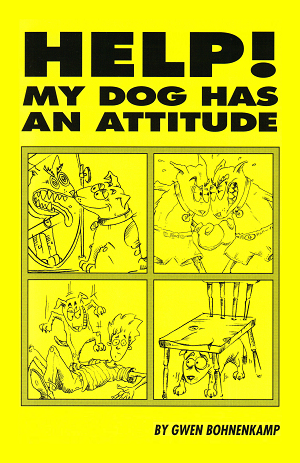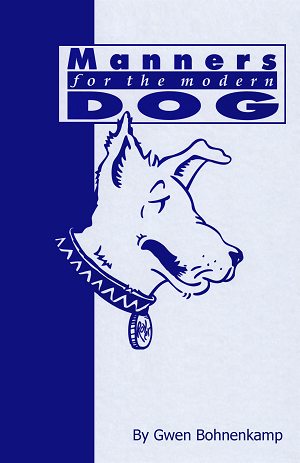How to Stop Pulling on Leash

The Leash Problem Begins
Most leash pulling begins as soon as the dog sees the leash and knows she's about to go for a walk. If the walk begins out of control, the precedent is set for the entire walk. Before expecting your dog to calmly walk beside you on leash, train her to be calm when you are putting her collar and leash on!
Ask her to sit-stay while you are putting on her leash. If she does not stay, the walk is delayed until she does. Don't give in or she will learn that it's OK to be out of control. If your dog doesn't have a reliable sit-stay, then practice training her to sit-stay without the distraction of the prospect of a walk. If you do not know how to teach a reliable sit-stay, enroll in an obedience training class.
Leash Training Warm-Up
Most dogs learn very quickly that they must sit while the leash is being attached to the collar. They usually tremble with excitement, ready to explode into a frenzy as soon as this phase is accomplished. If your dog bolts toward the door, dragging you behind, then the situation is still out of control. Simply hold onto the leash, stand still and let your dog dance, ricochet and bounce around at the end of the leash. It may take 5 minutes or more, but she will soon realize that you are not going anywhere and will begin to calm down. When this happens, praise her for being good. After another minute or so, take your first step, but NOT towards the door. Instead, walk your dog around your house, garage or yard to give her a chance to practice her 'not-pulling' skills. Every time she pulls, lunges or strains on the leash, simply stand still again. When she calms down, talk to her, praise her calmly and quietly. Try to keep her attention on yourself instead of the door that leads to outside. When you feel that your dog is in control and she is walking nicely without pulling in your house or yard, then it is time to proceed to the great outdoors.
Leash Training Outdoors
Every time your dog pulls on leash and you continue the walk, you are rewarding her for pulling and lunging. Every time your dog gets out of control it is essential that you instantly stop the walk, stand still and wait for her to calm down before continuing. It is a tremendous effort in patience at first but it will pay off if you persevere. You may only get to the end of the block or even your driveway on your first outing, but if you give in to your dog's demands, then she will continue to pull. You can speed up the process by asking her to sit-stay for about 5 to 10 seconds every time she begins to pull. Of course this will only work if your dog already has a reliable sit-stay.
How to Stop Pulling on Leash
Recommend this webpage... share with friends !These articles may also be of interest...
^ Top of Page


